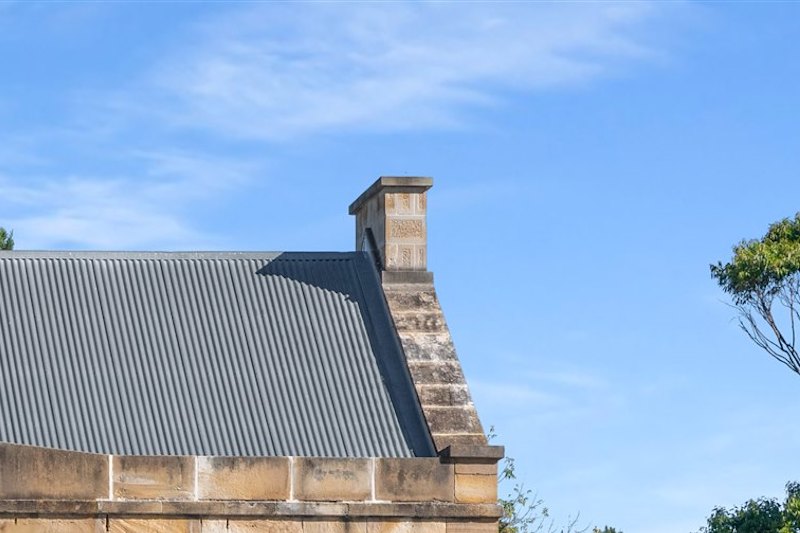Canberra weekly house rents have topped the nation: Domain report
Renters in Canberra are being faced with the most expensive weekly asking rents for houses in the nation, according to the latest Domain quarterly report.
Domain’s State of the Market Rental Report for the June quarter shows Canberra’s median weekly asking rent for houses is currently $550, on par with Sydney.
Domain chief data scientist Dr Nicola Powell said Canberra’s tightening rental market has contributed to the rise.
“It’s unsurprising that Canberra’s house rents have surged, in terms of rental stock levels Canberra is at a five-year low,” she said.
“Canberra has been experiencing tighter rental conditions for some time and we have been seeing that play out in higher rental growth.”
Rents in Canberra for houses and units have reached an all-time high, with asking rents for units at $450. This is the second highest in the nation behind Sydney’s $550.
“Despite the fact Canberra has experienced an elevated level of unit construction, the unit market remains tight for tenants. Supply has dropped to a two-year low,” said Dr Powell.
While Sydney’s weekly asking rents have stagnated over the 12 months, Canberra rents have recorded the second highest growth, behind Hobart, in both the housing and unit market at 10 per cent and 7.1 per cent respectively.
On a regional ACT level, the Inner South recorded the greatest increase in weekly rents, year-on-year, of 13.6 per cent to $750. In the unit market, Weston Creek’s rents jumped 11.4 per cent to $440.
This is not the first time Canberra’s rents have been as expensive as Sydney. According to Dr Powell, in early 2008 the nation’s capital surpassed Sydney in the weekly asking price for houses.
- Related: Energy deficient Canberra homes costing renters $39 million per year
- Related: Rent increasingly unaffordable for low income households in the ACT
- Related: Canberra renters in worst properties on the market, according to new report
Kylie Batt knows firsthand the impact of Canberra’s precarious rental market, and said she is actually surprised rents in the territory aren’t higher than Sydney.
The mother-of-two is renting a four-bedroom home in Gordon and pays $520 per week. She estimates two-thirds of her income is going towards rent.
“My son works casually and most of his wage goes to other household expenses, such as food and petrol,” said Ms Batt.

Kylie Batt says ‘rent bidding’ is making it increasingly difficult for Canberra renters. Photo: Karleen Minney.
Ms Batt moved to Canberra from Adelaide more than 10 years ago, and said rents were much more affordable there. According to the Domain report, Adelaide’s median house rent is at $375 per week.
Since moving to Canberra, she has lived in several rental properties.
At one point, Canberra’s fierce rental market left Ms Batt without a home and she was forced to share a room with her sons – who are 18 and 21.
“I ended up living with my two boys at my mum’s house and we were looking for a rental for about a year,” she said.
According to Ms Batt, ”rent bidding” is making it increasingly harder for low-income families to find rental accommodation.
“When you are turning up to an inspection with 40 other people and you have two teenage boys and two dogs, a landlord always thinks someone is better suited,” she said.
“Especially when people are offering $20 extra per week.
“Recently on a Facebook group I am in, people moving to Canberra from overseas have offered to pay a whole 12 months of rent in advance at more than the market rate.”
LJ Hooker Dickson and Woden director, Lindsey Burne, said from his observations landlords are more concerned with securing good tenants.
“Money will be a factor but it is not the No. 1 consideration,” he said.
Mr Burne said stock levels have decreased on the back of about “three to four quiet years in the rental market”.
“Tenants are finding it harder than they have before, they are having to compete to get a property,” he said.
“I think landlords that have been around for a couple of years will appreciate the current market.”
Gross rental yields remained steady over the quarter at 4.28 per cent for houses and 5.78 per cent for units.
According to Real Estate Institute of the ACT president Michael Kumm, net migration levels are further tightening Canberra’s market.
“Every day 17 people arrive in the ACT – 6205 a year. Many of these are taking up jobs with high incomes such as contractors to work on the light rail, and they need somewhere to live, so it makes sense that it is going to push the rent up,” he said.
“Mr Fluffy has taken 1039 houses out of the market, which has severely impacted the supply to keep up with the demand, [and] the fact so many public housing properties have been demolished hasn’t helped.”
Tenants’ Union ACT executive officer Deb Pippen said, “sadly, it’s no surprise” that Canberra’s weekly asking rents are the highest in the nation.
“It shows something has to be done in the long term and we have to start doing something about increasing the stock of affordable housing out there for people,” she said.
“High rents are good for investors but they aren’t good for people trying to live in those properties.”
We recommend
States
Capital Cities
Capital Cities - Rentals
Popular Areas
Allhomes
More







